As a classic bit of Istedgade only a couple blocks from Copenhagen Central Station, I kind of expected this to be the straightforward Vesterbro story of a seedy hotel turned into an impossibly trendy one - which, yes, true - BUT, it turns out that before it was home to the Hotel Selandia, this building was also a longtime administrative office for Danish State Railways (DSB). Built in 1882 along with the rest of this block of Helgolandsgade, from the 1880s into the 1920s (at least) it housed the Directorate-General as well as the audit, accounting, financial, etc. offices of DSB.
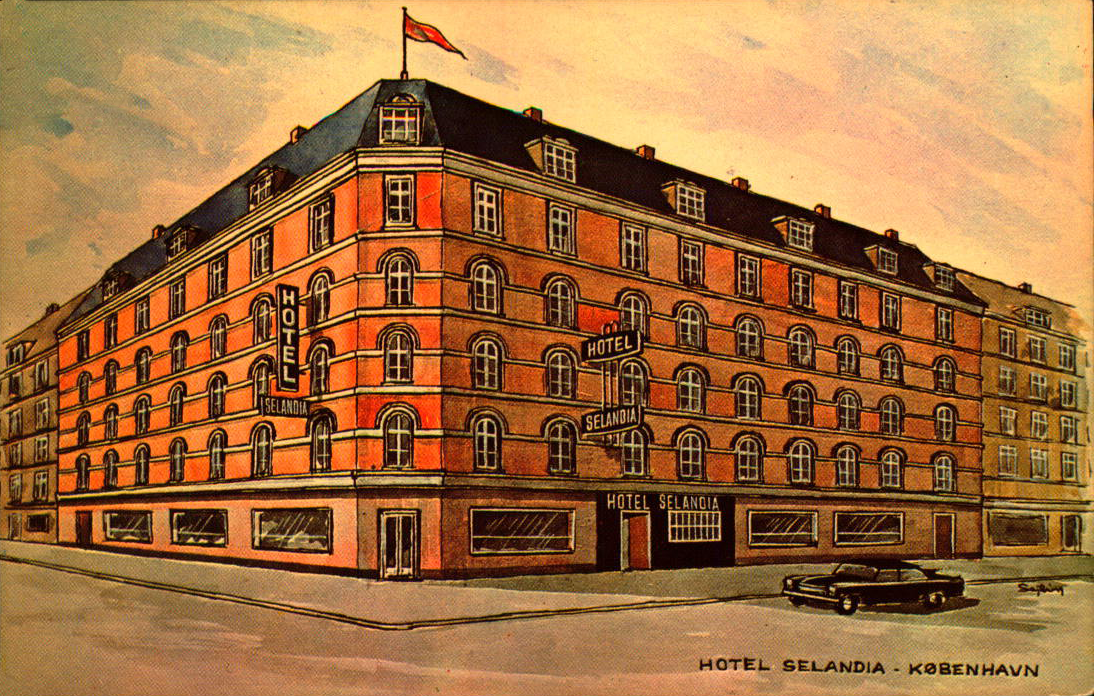
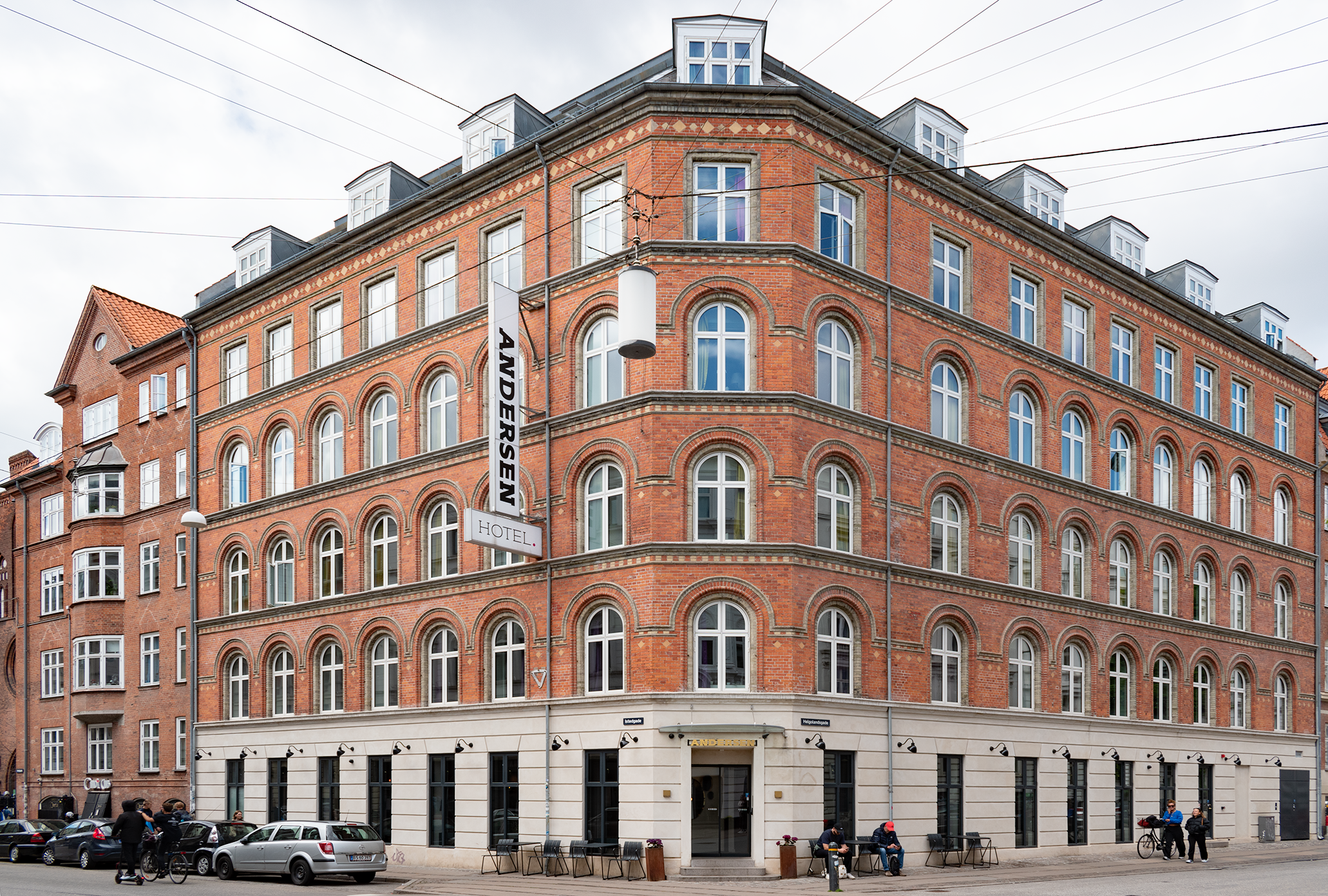
Vaguely historicist with references to Renaissance Revival and classicism, the building is a textbook example of the Vesterbro house style from the era. In addition to the DSB offices, the building appears to have had apartments for rent as well as a small hotel garni. A type of lodging most common in France and Germany, a hotel garni is a B&B on steroids or a stripped-down hotel, depending on your perspective - run as a dedicated commercial hotel, but smaller, no restaurant, not 24-hours, etc.

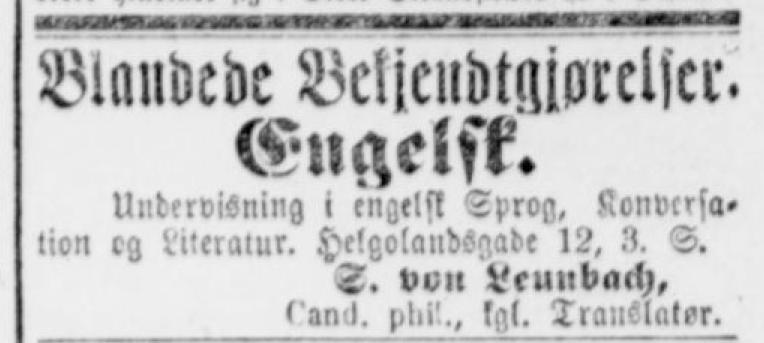
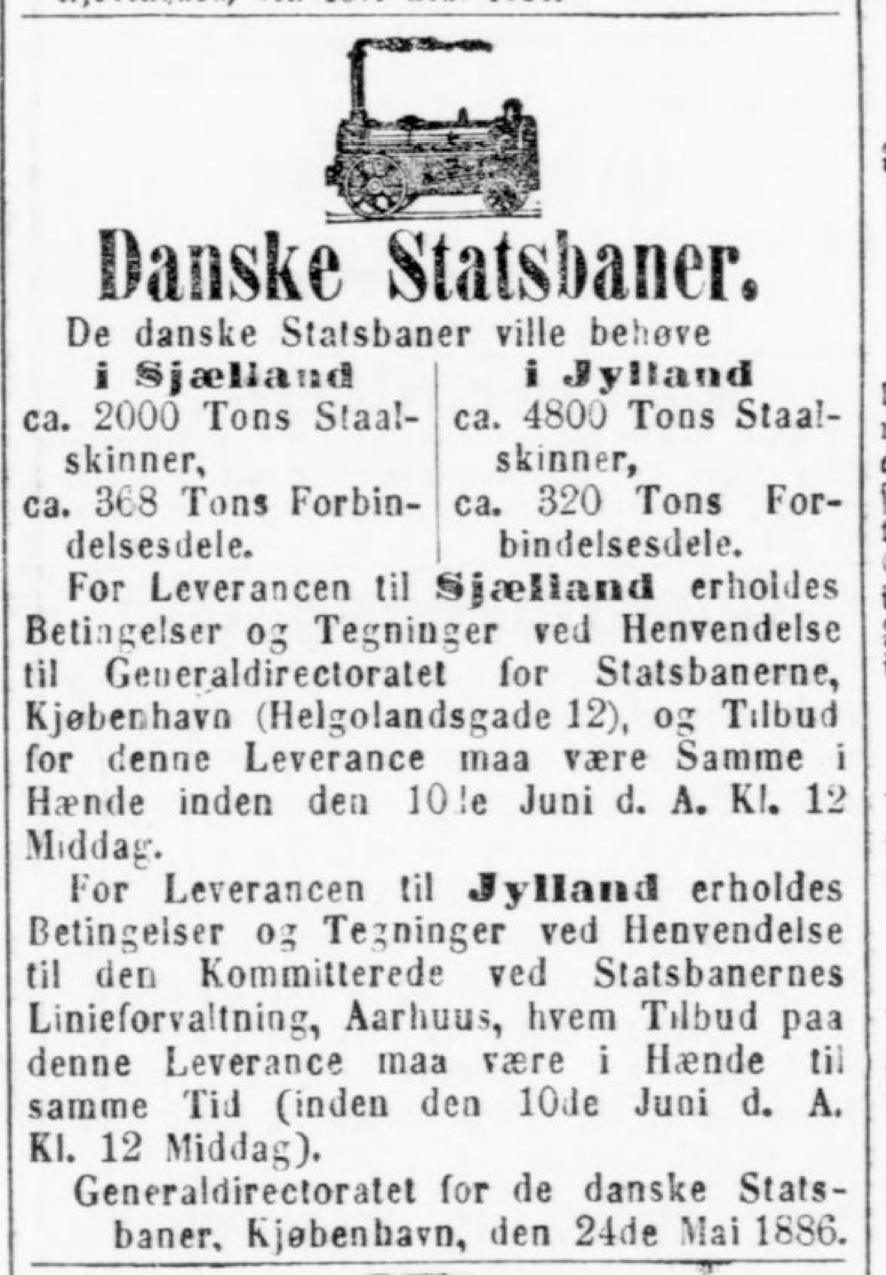
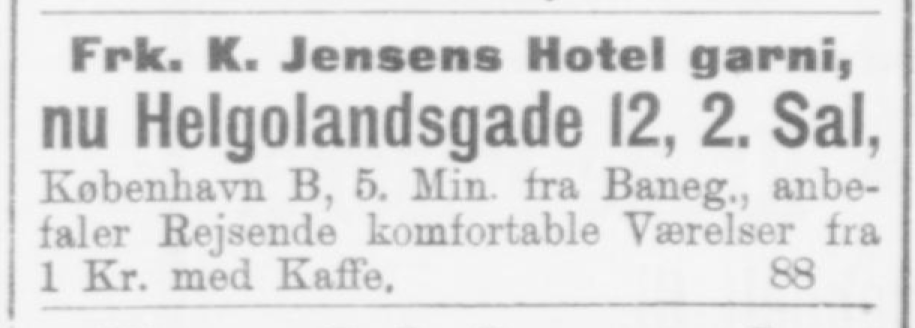

Ole Jastrau, the protagonist of Danish writer Tom Kristensen’s fantastic 1930 novel Havoc, lived in an apartment on Istedgade - it’s easy to imagine him stumbling around this building as he went to the dogs. Maybe Ole (or Kristensen himself - the novel is a roman a clef) even stayed at the Hotel Selandia during a bender, since the hotel opened in 1928.
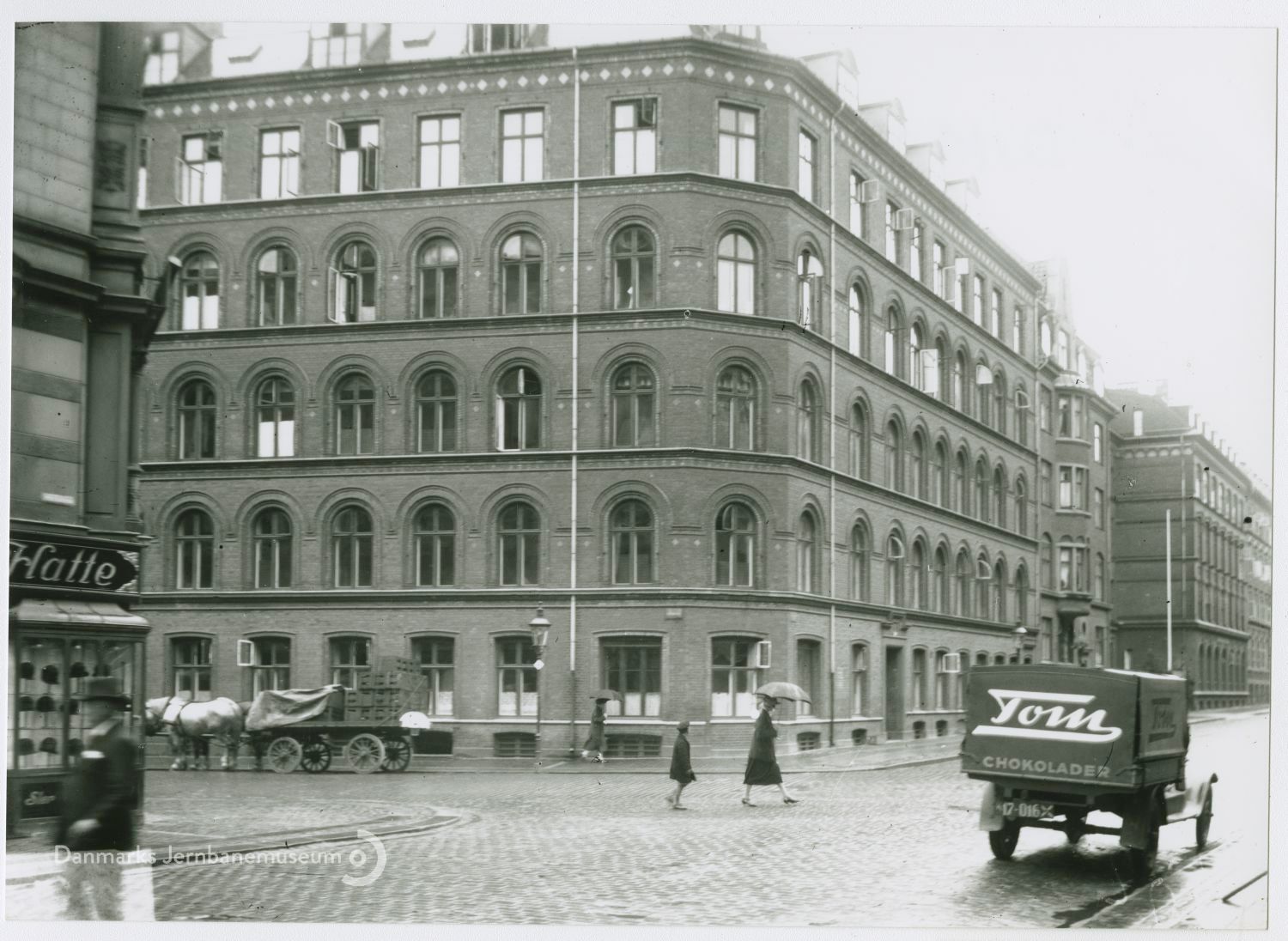
For decades Istedgade was synonymous with sleaze - drugs, sex work, porn, and shabby hotels - but it also attracted an arty, independent crowd. Over the last 20-30 years Vesterbro turned into one of the trendiest, wealthiest neighborhoods in the city. Manifesting that trajectory in the built environment, the Hotel Selandia - very much a budget option - closed in 2011 and was replaced by the boutique design hotel Andersen, which opened in 2012.
Production Files
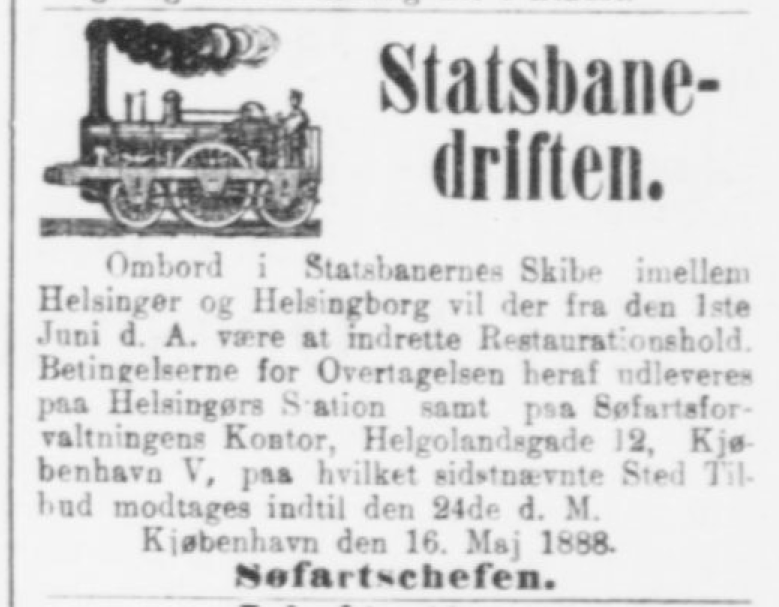
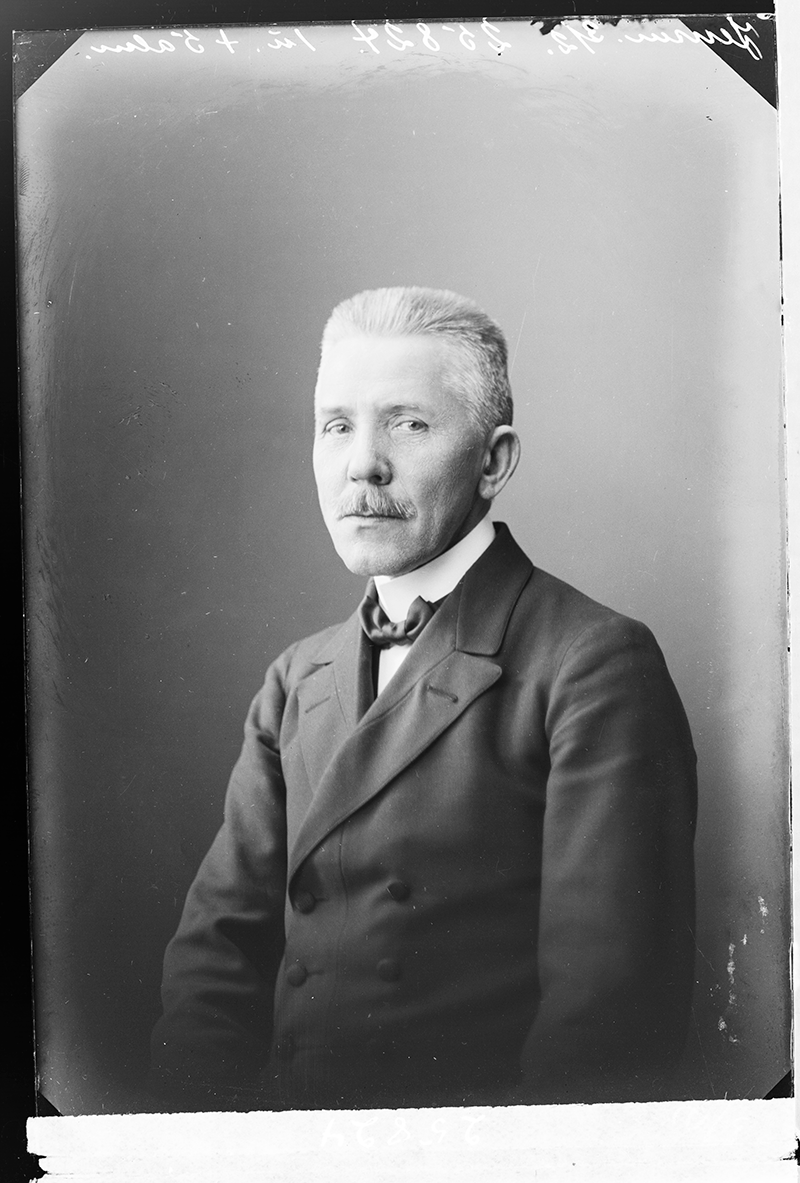
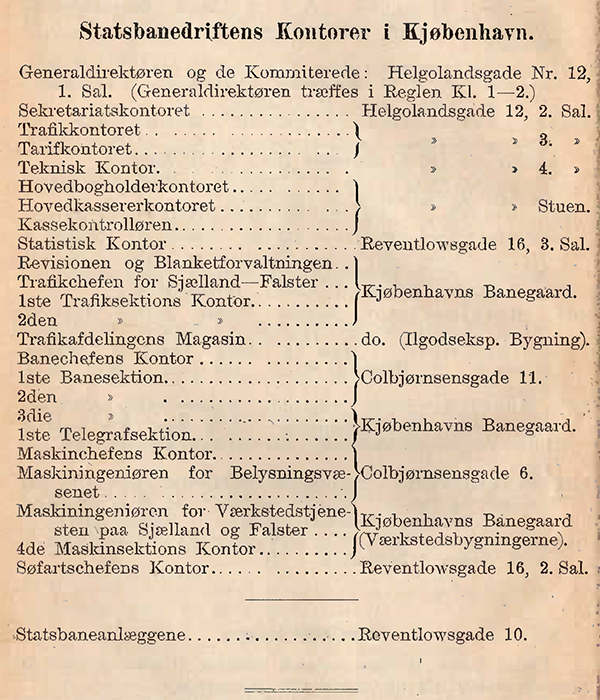
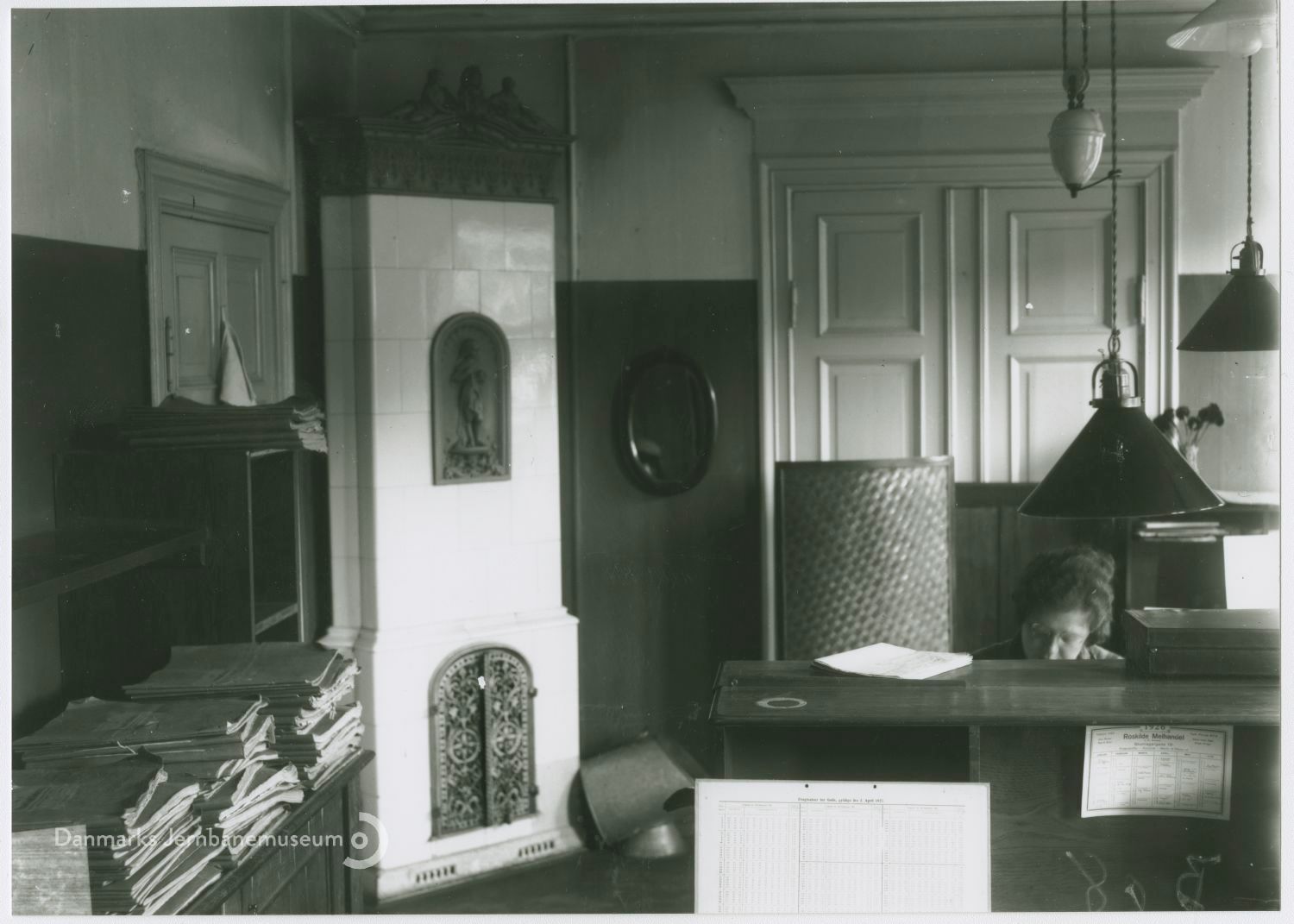
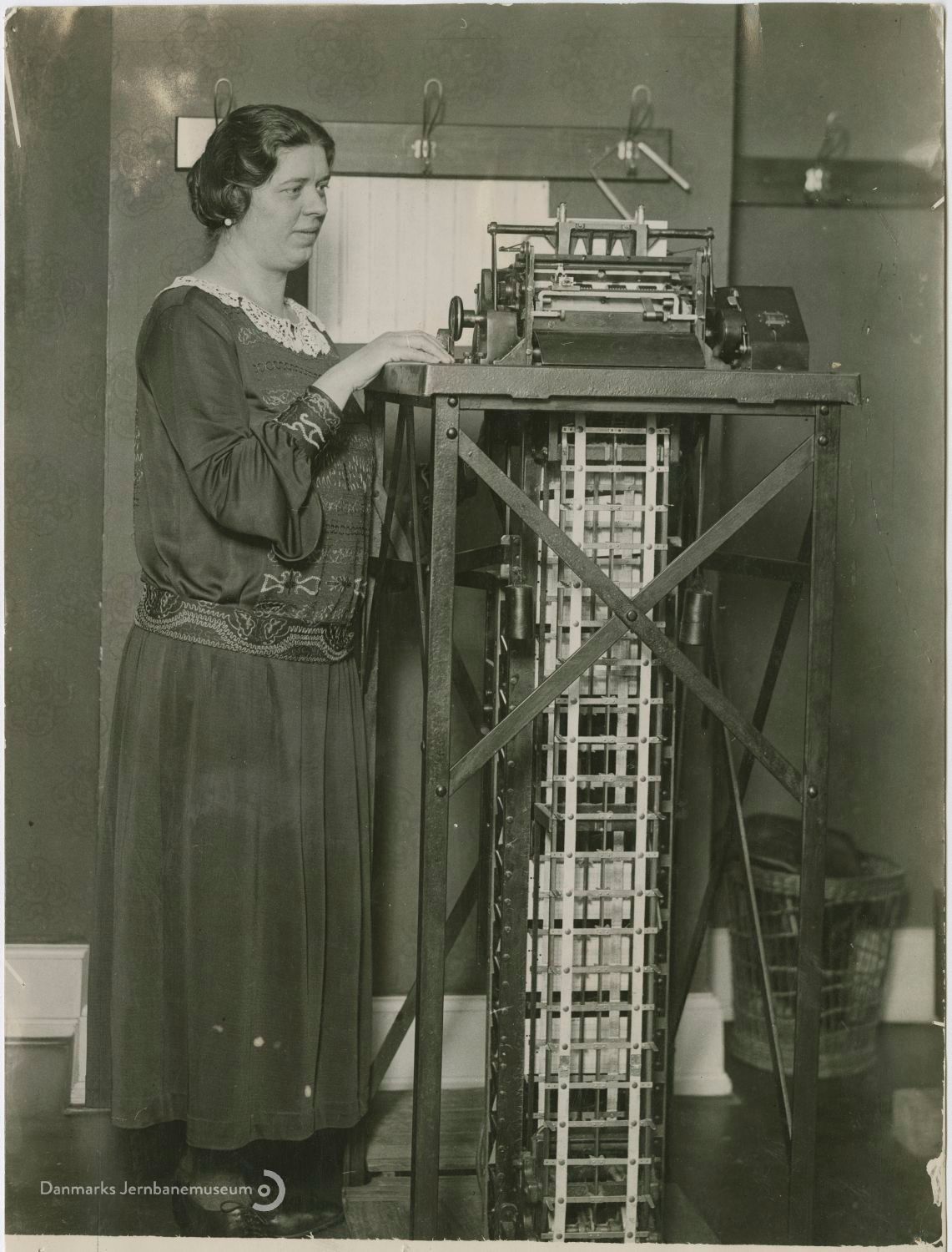
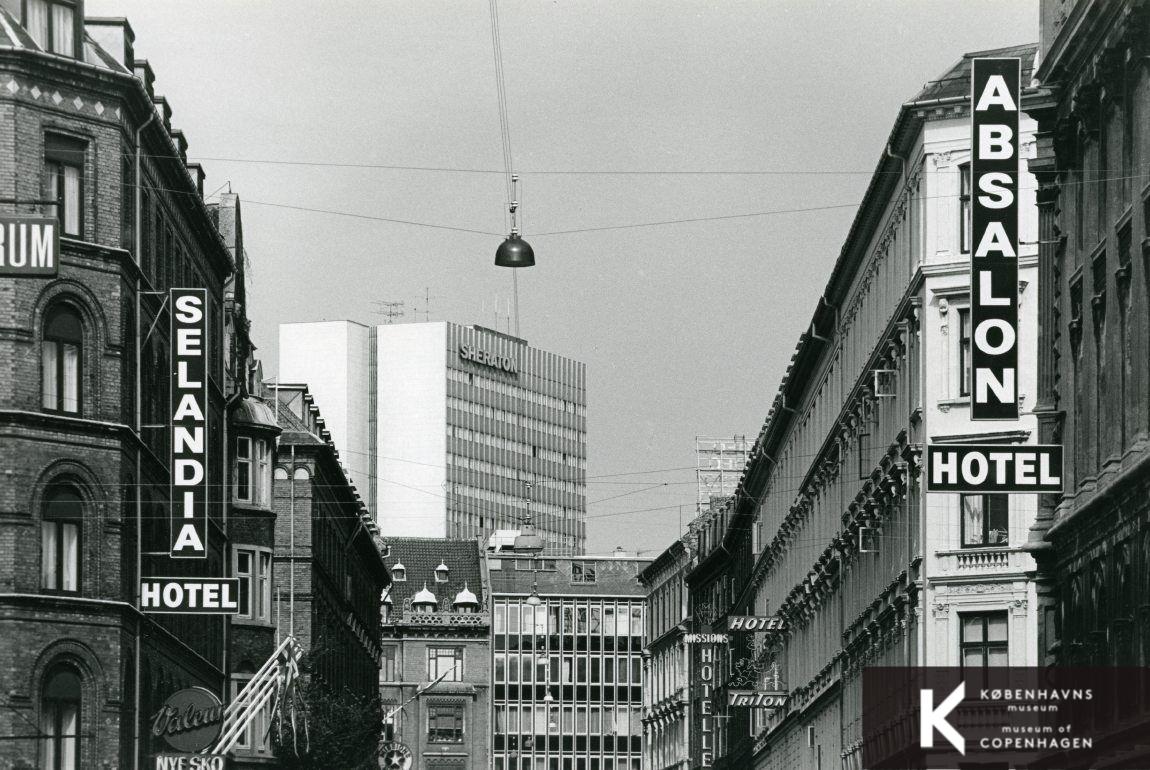
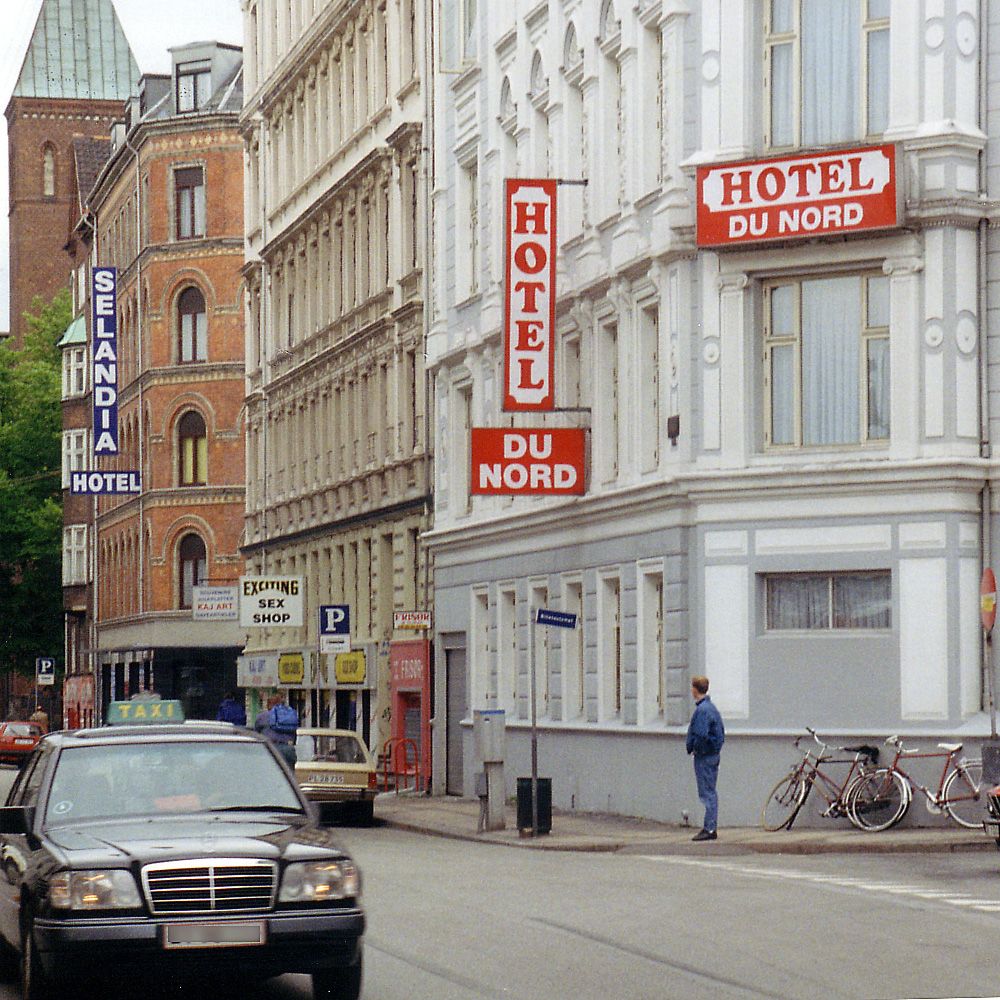
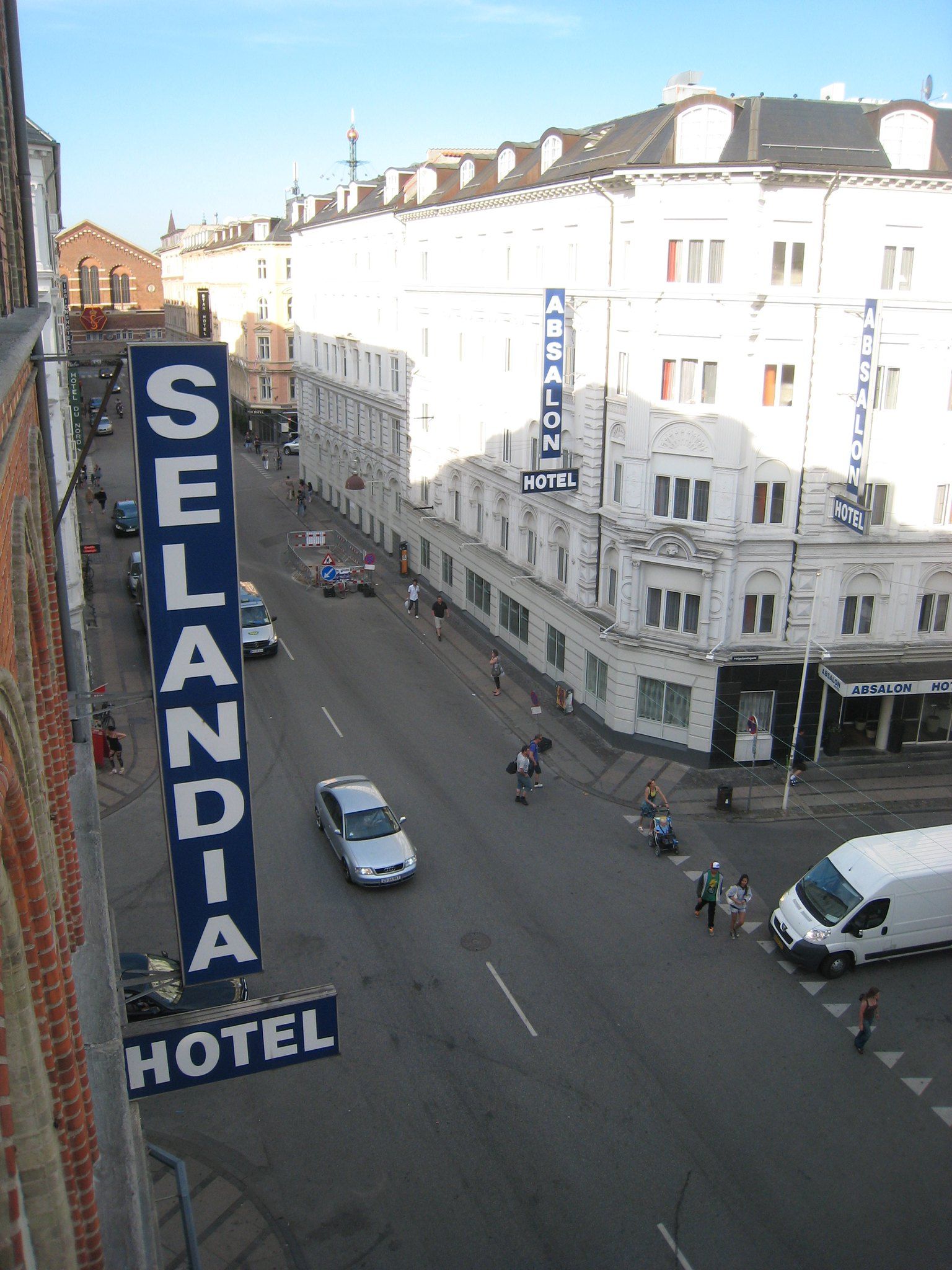

Member discussion: